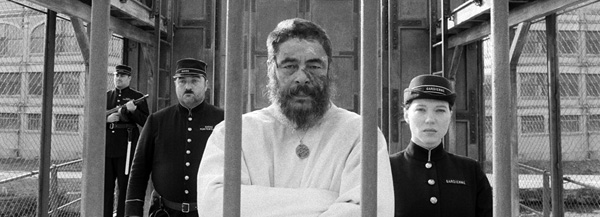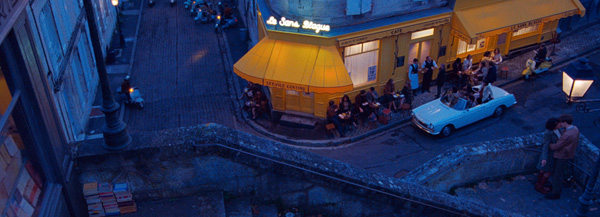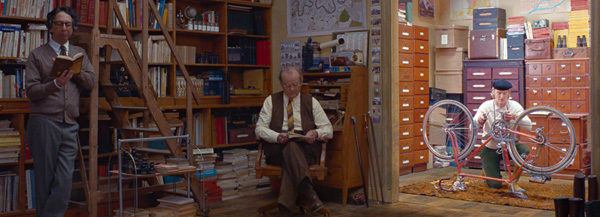
Gareth Spensley is a colourist at Company3 in London, who recently enjoyed one of the highlights of his career working with director Wes Anderson on the colour grade of the new film ‘The French Dispatch’. After nearly 14 years as head of colour grading at post production studio Molinare TV & Film in London, Gareth only joined Co3 less than a year ago in November 2020. He has also worked recently on TV series 'Killing Eve' and 'Bodyguard', and the films 'Downton Abbey' and 'The Father'.
“This was my first opportunity to work with Wes,” Gareth said. An admirer of the director’s distinctive filmmaking style, Gareth described him as a true auteur and said it was a privilege to collaborate with him on this film. “I got involved after the dailies colour had been done, during the early stages of the edit. Wes wanted to start exploring the look of various sequences ahead of the main DI grade,” he said.

“The main DI grade was completed over two weeks. However, before the edit was locked, we spent several days dotted through the edit process, exploring looks. At the end, we also spent another week completing final reviews and deliverables.”
‘The French Dispatch’ is a collection of stories from the final issue of an American magazine, published in a fictional 20th-century French city. For the first look development, the post team set up a mobile grading suite in the production’s edit suite. Running FilmLight Baselight on a laptop and grading using a Sony X300 OLED Master Monitor, they developed various looks and quickly worked up further iterations as Wes explored his early ideas for the project.
“I think colour is considered at all levels of a Wes Anderson film – through costume design, production design, props and of course cinematography – culminating in the colours that are delivered to the grading suite, having been curated extremely carefully,” said Gareth.

The film is a mix of colour sections and black & white sequences. “We kept the grading of the black and white footage to a simple first pass balance of the negative, using Base Grade balance and contrast tools, before we tweaked each scene creatively,” he said. “The transitions to colour were particularly fascinating to me. The neutrality of the black and white scenes certainly heightened the punches of colour when they do come, and this made the choices for the colour sequences all the more important.
“We used the Base Grade tool throughout the film. This method of grading has the perfect balance of simple film laboratory-type corrections coupled with the powerful specific zonal curve manipulations. It is great for working with film-originated material.” This is because, although it uses algorithms modelled on human perception as a foundation instead of video signals or film stocks, internally Base Grade uses a lab-based colour model with a pure luminance component and two colour components. All exposure values and pivot points are specified in familiar aperture stops, which are easy for DPs to understand.

“One particular story is set in a TV studio. The brief was to create a look that the audience would immediately recognise as ‘being on television’. I used Baselight’s Colour Cross-talk operator to create a restricted colour palette and narrow tonal range that recalls the look of primitive TV studio cameras.”
Probably the most challenging part was achieving the level of precision required to create some of the more detailed grades. Mattes and keys needed to be very accurately drawn and tracked. “Baselight is brilliant for this kind of refinement,” Gareth said. “We also frequently used Baselight’s compositing capabilities. Some examples of DI fixes we made in Baselight were changing ceiling textures, removing unwanted film equipment and – memorably – straightening the curls of a cable.
“I really enjoyed grading the animation sequences. I think this is because we were freed from making naturalistic grade changes and could embrace the style of the animation when we approached shaping and lighting in the grade.” www.filmlight.ltd.uk



